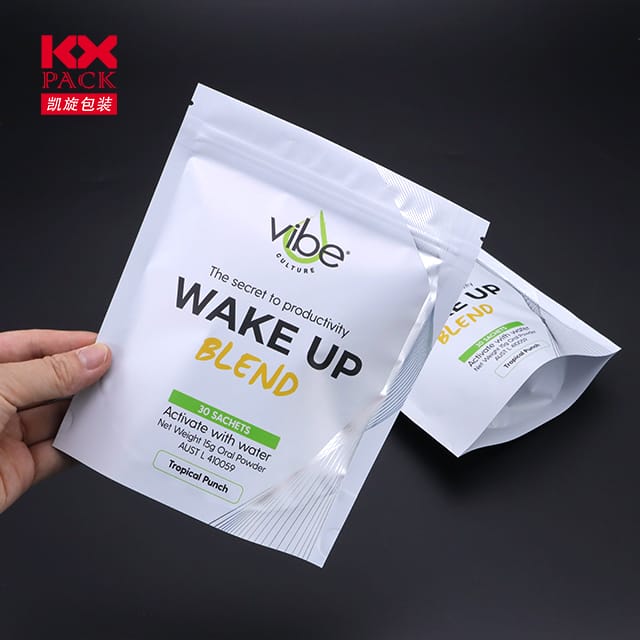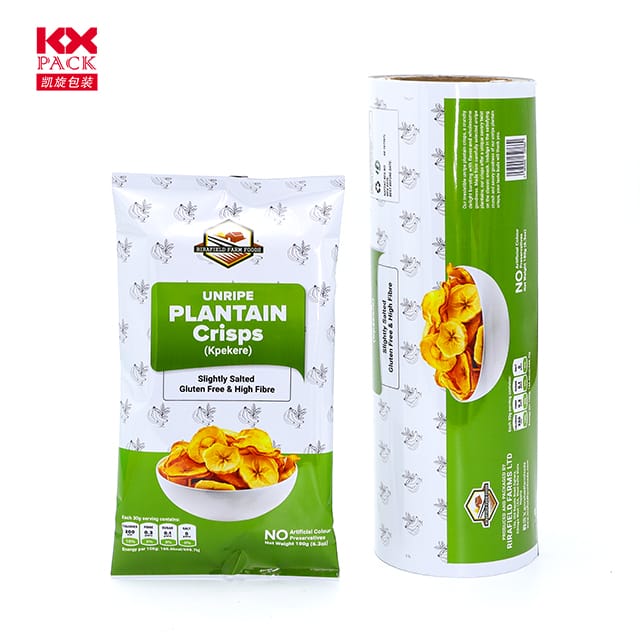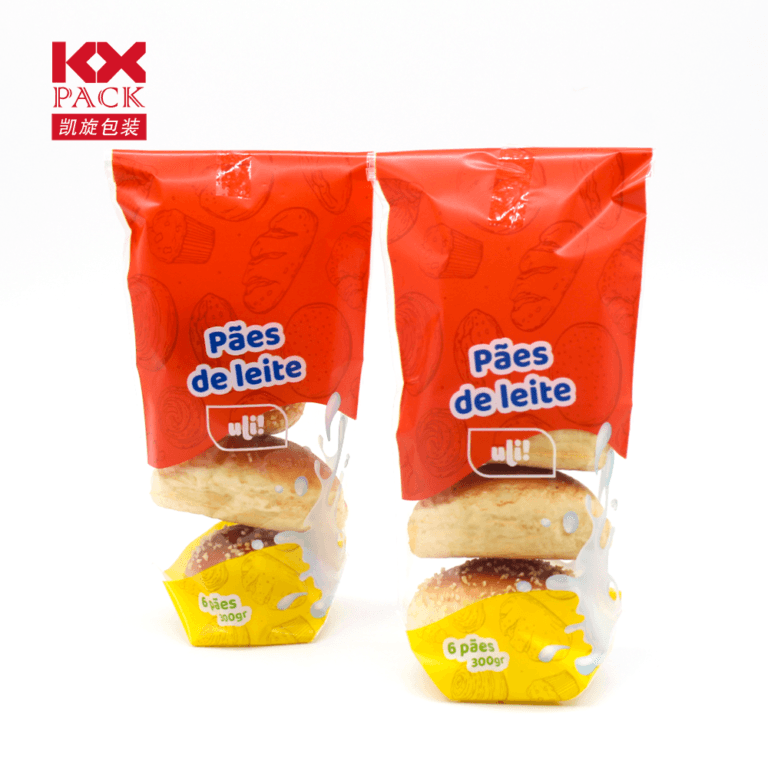Ang Hinaharap ng Mga Pelikulang Packaging: Pagpapanatili, Innovation, at mga uso sa consumer
Packaging Films
In a world where convenience meets environmental consciousness, Ang mga pelikulang packaging ay naging isang pundasyon ng proteksyon ng modernong produkto, pangangalaga, at pagtatanghal. Mula sa packaging ng pagkain hanggang sa mga parmasyutiko, Ang mga payat na ito, Ang maraming nalalaman na materyales ay nag -iingat sa mga kalakal habang nagpapalawak ng buhay ng istante at binabawasan ang basura. Ngunit habang lumalaki ang pandaigdigang demand, Gayundin ang kagyat na upang matugunan ang mga hamon sa pagpapanatili. Let’s explore the evolving landscape of packaging films, including eco-friendly innovations, cutting-edge technologies, and shifting consumer expectations.
What Are Packaging Films?
Packaging films are thin, flexible materials used to wrap, seal, or protect products. Typically made from plastics like polyethylene (PE), polypropylene (PP), or polyester (PET), they can also incorporate biodegradable or compostable components. Their applications span industries:
- Pagkain & Inumin: Preserving freshness, preventing contamination, and enabling clear product visibility.
- Mga parmasyutiko: Ensuring sterile, tamper-proof packaging for medications.
- Consumer Goods: Enhancing shelf appeal for cosmetics, Electronics, and household items.
- Agrikultura: Protecting crops with mulch films or silage wraps.
The Sustainability Imperative: Rethinking Traditional Films
While conventional plastic films are cost-effective and durable, their environmental impact is undeniable. Single-use plastics contribute to pollution, with millions of tons ending up in landfills or oceans annually. This has sparked a global push for sustainable alternatives:
- Mga pelikulang biodegradable
Made from plant-based materials like starch, cellulose, or polylactic acid (PLA), these films break down naturally under specific conditions. Halimbawa, compostable coffee pouches or biodegradable produce wraps are gaining traction in eco-conscious markets. - Recyclable Films
Innovations in mono-material films (Hal., single-layer PE) simplify recycling processes. Brands are also adopting “design for recycling” principles, avoiding mixed materials that are hard to separate. - Paper-Based Laminates
Combining paper with a thin plastic coating offers a recyclable or compostable option for dry goods like snacks or cereals. - Reusable Systems
Some companies are experimenting with refillable packaging films, encouraging consumers to return containers for sterilization and reuse.
Tech Trends Shaping the Industry
The packaging film sector is buzzing with technological advancements aimed at efficiency and sustainability:
- Smart Films: Embedded with sensors or indicators, these films monitor freshness (Hal., color-changing labels for meat spoilage) or detect tampering.
- Nanotechnology: Nano-coatings enhance barrier properties, keeping oxygen or moisture out without adding bulk.
- 3D Pagpi -print: Customized films with intricate designs or functional layers can now be produced on demand, Pagbabawas ng basura.
- AI-Driven Design: Machine learning optimizes material usage, kapal, and performance, cutting costs and environmental footprints.
Consumer Demand: Transparency and Eco-Conscious Choices
Today’s shoppers prioritize sustainability—and they’re voting with their wallets. A 2023 survey by McKinsey found that 75% of consumers consider environmental impact when purchasing packaged goods. This shift is driving brands to:
- Clearly label recycling instructions or eco-certifications.
- Adopt minimalist packaging to reduce material use.
- Partner with recycling programs or take-back initiatives.
Mga hamon at ang daan sa unahan
Sa kabila ng pag -unlad, hurdles remain:
- Gastos: Sustainable films often come at a premium, though economies of scale are gradually closing the gap.
- Pagganap: Biodegradable materials may lack the durability or barrier properties of traditional plastics.
- Imprastraktura: Recycling facilities for compostable films are limited in many regions.
Gayunpaman, industry collaboration and regulatory pressure (Hal., EU bans on single-use plastics) are accelerating change. Companies are investing heavily in R&D to create films that are both planet-friendly and functional.
Konklusyon: A Wrap on the Future of Packaging Films
Packaging films are at a crossroads—balancing the need for protection and convenience with the planet’s health. As innovation surges, the industry is moving toward a circular economy model, where materials are reused, recycled, or safely returned to nature. Para sa mga negosyo, staying ahead means embracing sustainability as a core value, not just a trend. For consumers, supporting brands that prioritize eco-friendly packaging sends a powerful message.
What’s your take on sustainable packaging films? Share your thoughts or favorite eco-brands in the comments below! 🌍✨







